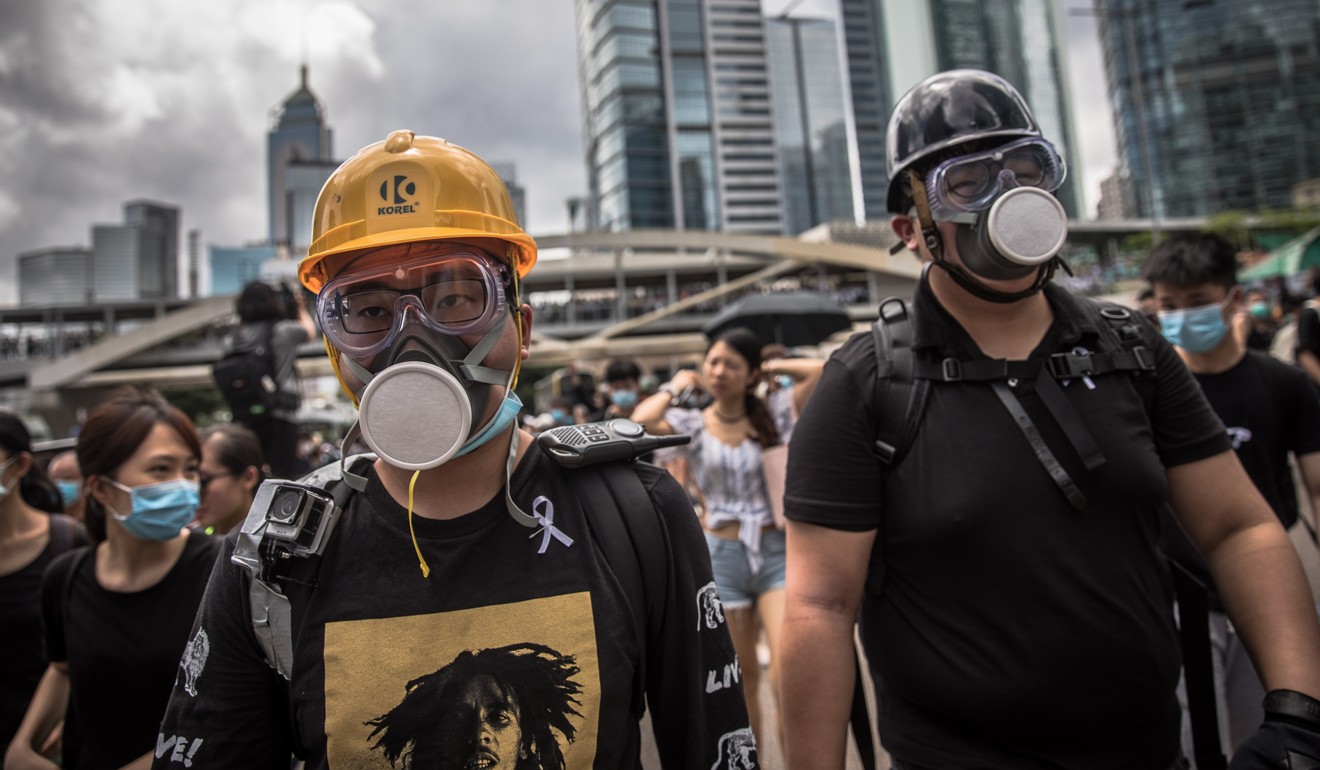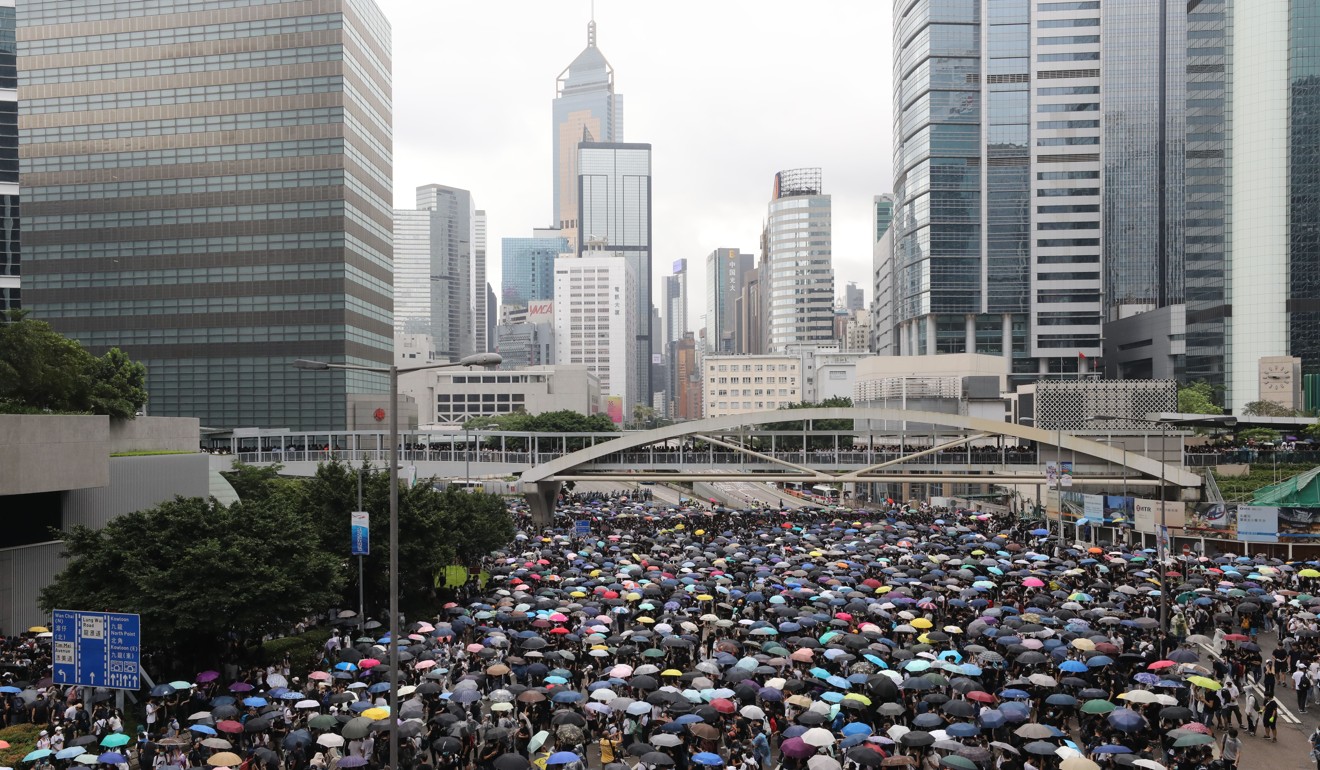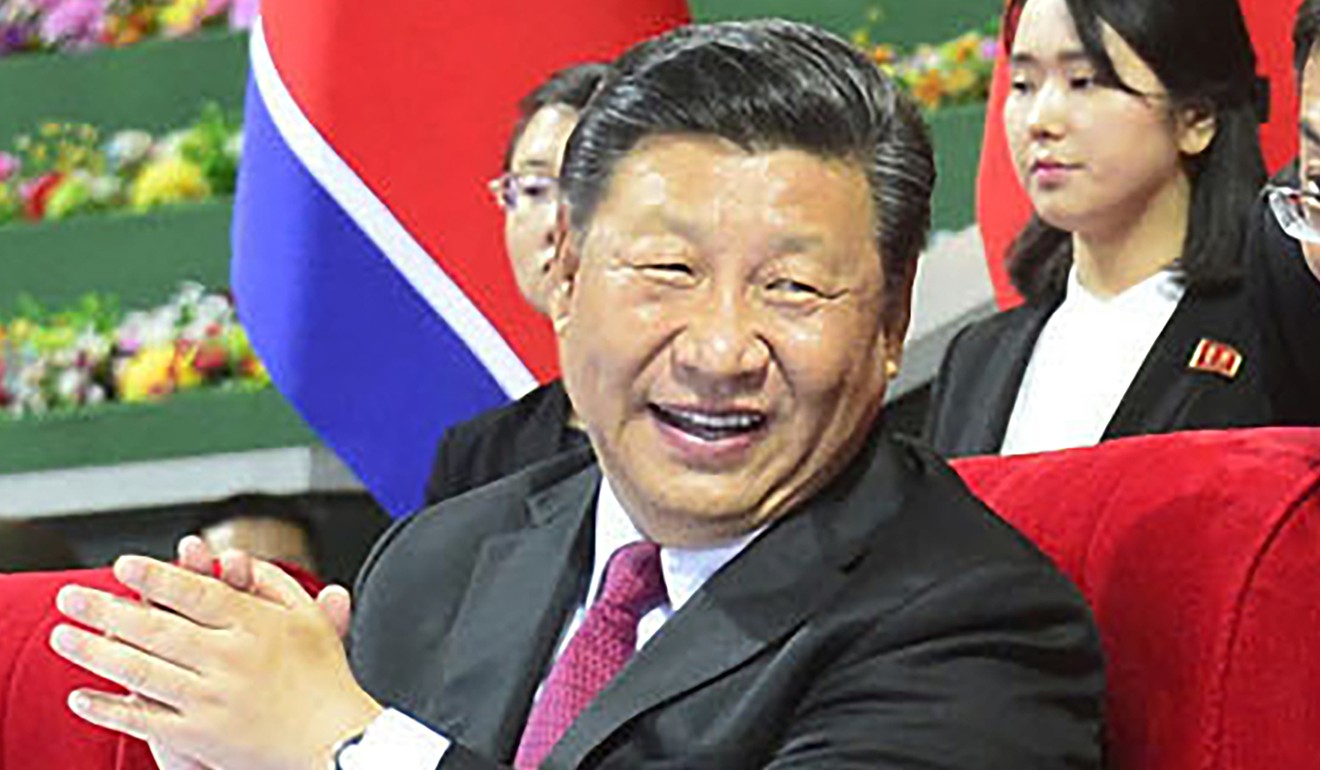
Hong Kong extradition law protests: is this a colour revolution?
- Colour revolutions aim to overthrow governments – but Hong Kong’s protesters want to keep the status quo
- Characterising the demonstrations as a colour revolution isn’t just wrong – it’s dangerous, too

Were this month’s protests in Hong Kong against a controversial extradition bill that would have allowed suspects to be handed over to mainland China an attempt at a colour revolution?
First, let us define what the term means. “Colour revolution” is widely used by the media to refer to a series of movements that typically use non-violent resistance in the face of authoritarianism.

One of the first to be labelled as such was Portugal’s Carnation Revolution of 1974, but similar movements have since emerged in the former Soviet countries of Eastern Europe and Central Asia. Today, the term is usually understood to refer to civil resistance used in an attempt to overthrow an authoritarian government and institutionalise democracy.
Because such movements advocate human rights, freedom and democracy, the Chinese government has typically regarded them as a soft power tactic of the West and sees the infiltration of Western ideologies more generally as a threat to the Chinese socialist state.

Therefore, applying the “colour revolution” label to a social movement in Hong Kong would not only imply that it poses a threat to Chinese sovereignty, but through the inference that any such movement is externally mobilised and supported by foreign forces, also a threat to the Communist Party itself.
It is clear from the statements made by China’s Ministry of Foreign Affairs on June 10 and 17 that Beijing is sensitive to the spectre of foreign intervention. Both times, the ministry condemned foreign governments and overseas media for their commentaries on the protests and extradition bill, urging them to respect Chinese sovereignty in accordance with international law.
But it is important to note that Beijing has not called the protests a colour revolution. Indeed, were such a movement to be perceived by the state as a “revolution”, it would necessarily pose a direct challenge to the legitimacy of the party, most likely be seen as a national security threat and invite a military crackdown.

But what about the Hong Kong government? Does it regard the extradition law protests as an attempted colour revolution?
Well, Wong Kwok-kin, a member of Chief Executive Carrie Lam Cheng Yuet-ngor’s cabinet, did suggest that the protest involved “foreign interference”. Columns in Beijing-friendly outlets such as HK01 and Singtao Daily also indicated that the Hong Kong government tended to agree with Hu Xijin, editor-in-chief of Chinese government mouthpiece the Global Times, who said on Twitter on June 12 that Westerners were encouraging the protests and they “look like Colour Revolution”.
This kind of violent demonstration is not supposed to happen in Hong Kong, a developed society. It looks like Color Revolution. I don’t think Westerners that encourage protests in Hong Kong want the best for the city. They would rather see disturbance there. pic.twitter.com/AjoKwampba
— Hu Xijin 胡锡进 (@HuXijin_GT) June 12, 2019
Yet, at a press conference on June 15, when asked whether the government had engaged in internal discussions where the protests were interpreted as “a colour revolution organised by foreign forces”, Lam said it had not.
It certainly would not have been the first time that pro-establishment elements in Hong Kong associated large-scale social movements with foreign interference. The “foreign intervention frame”, as Francis Lee and Joseph Chan note in their book Media and Protest Logics in the Digital Era, was one of the major strategies employed by the city’s government as it attempted to delegitimise the Occupy protests of 2014.
So why the unwillingness to call the protests a colour revolution this time round?

First, the effectiveness of blaming foreign intervention is doubtful. During the umbrella movement, as Lee and Chan note, a number of pro-establishment news outlets avoided making any such link, clearly signalling that the claim of foreign interference could not be substantiated. Invoking such claims during last week’s protests also risked further antagonising the already-furious protesters, and may have only served to mobilise more people.
Second, the extradition law protests are largely single-issue protests. Their main aim is crystal clear: to have the bill revoked. For such protests to be called a colour revolution, there needs to be clear evidence that they aim to overthrow the government or are at least calling for some sort of fundamental institutional reform.
Yet the protests this month have not been of that nature – they are essentially demanding that the status quo be maintained. Calling for a bill that has not yet been put into law to be revoked can hardly be described as a demand for institutional change.

Third, on June 14, pro-establishment lawmakers like Felix Chung and Michael Tien Puk-sun argued that it was inappropriate to use the colour revolution label because it would be impossible for foreign forces to mobilise the gigantic number of protesters that took to the streets. Hong Kong’s economic conditions were also far better than those in countries where colour revolutions had occurred, they said.
In short, calling the protests a colour revolution might harm the interests of pro-establishment factions, especially pro-Beijing businesses, and the government’s inability to coalesce around this label gave it pause.
More importantly, labelling the protests in such a way would escalate what is arguably a local issue to the level of national security. Once this happens, the room for negotiation and compromise is virtually non-existent.

In an interview on June 12, Bernard Charnwut Chan, convenor of the Executive Council, openly expressed that he did not wish to see anyone but the city’s police enforce the law in Hong Kong.
This hinted at the fact that if the protests were regarded by the central government as something other than a regional issue, the People’s Liberation Army might intervene directly.
To the Hong Kong government, the danger of the “colour revolution” label is that it would likely lead to a loss of autonomy in how it responds to protesters. And an escalation of the conflict between protesters and the authorities would become almost unavoidable under the iron fist of Chinese President Xi Jinping.

Ultimately, by accepting such a label it would be betting everything – global confidence in the “one country, two systems” policy and Hong Kong’s special status as a semi-autonomous region – on the extradition bill.
In the absence of clear evidence, we see no reason to believe that the protests in Hong Kong should be called a colour revolution. And there are several possible reasons to explain why the government has distanced itself from such a label, namely its ineffectiveness in demobilising protesters, the lack of consensus among pro-establishment parties, the single-issue nature of the protests and the political danger of such labelling.
The government did the right thing in not adopting the label, since doing so would have probably resulted in a political crisis whose end would have likely been disastrous.